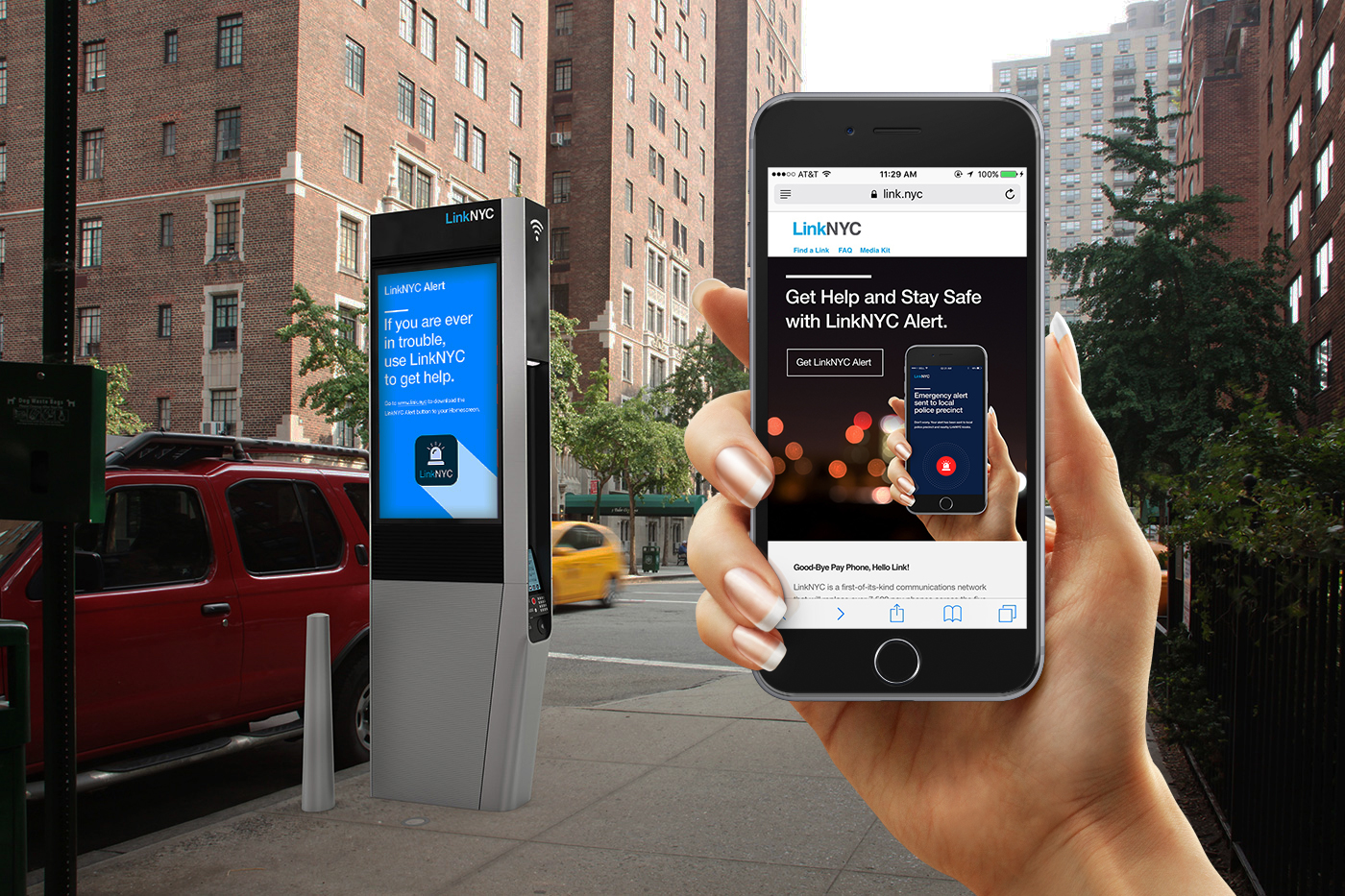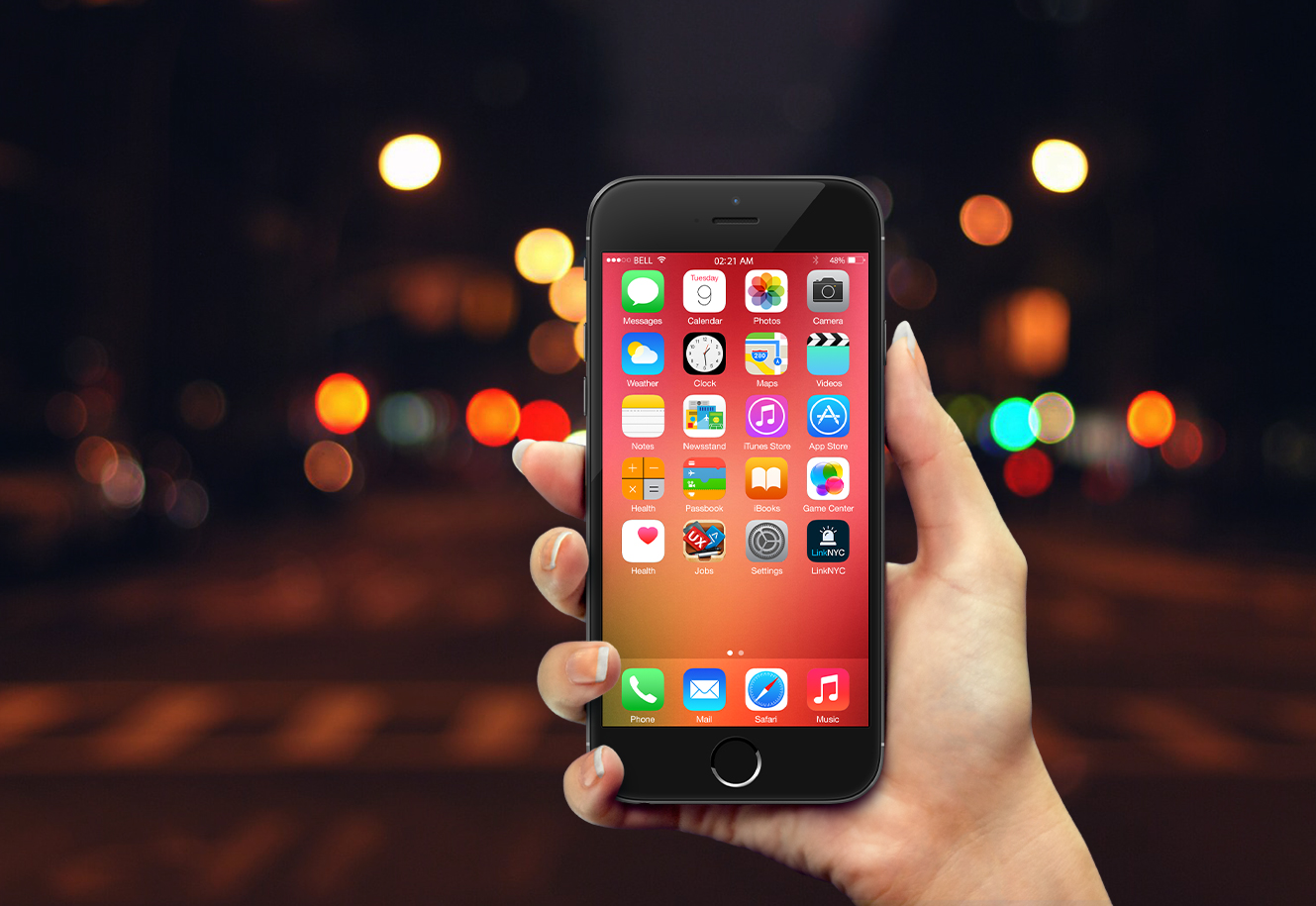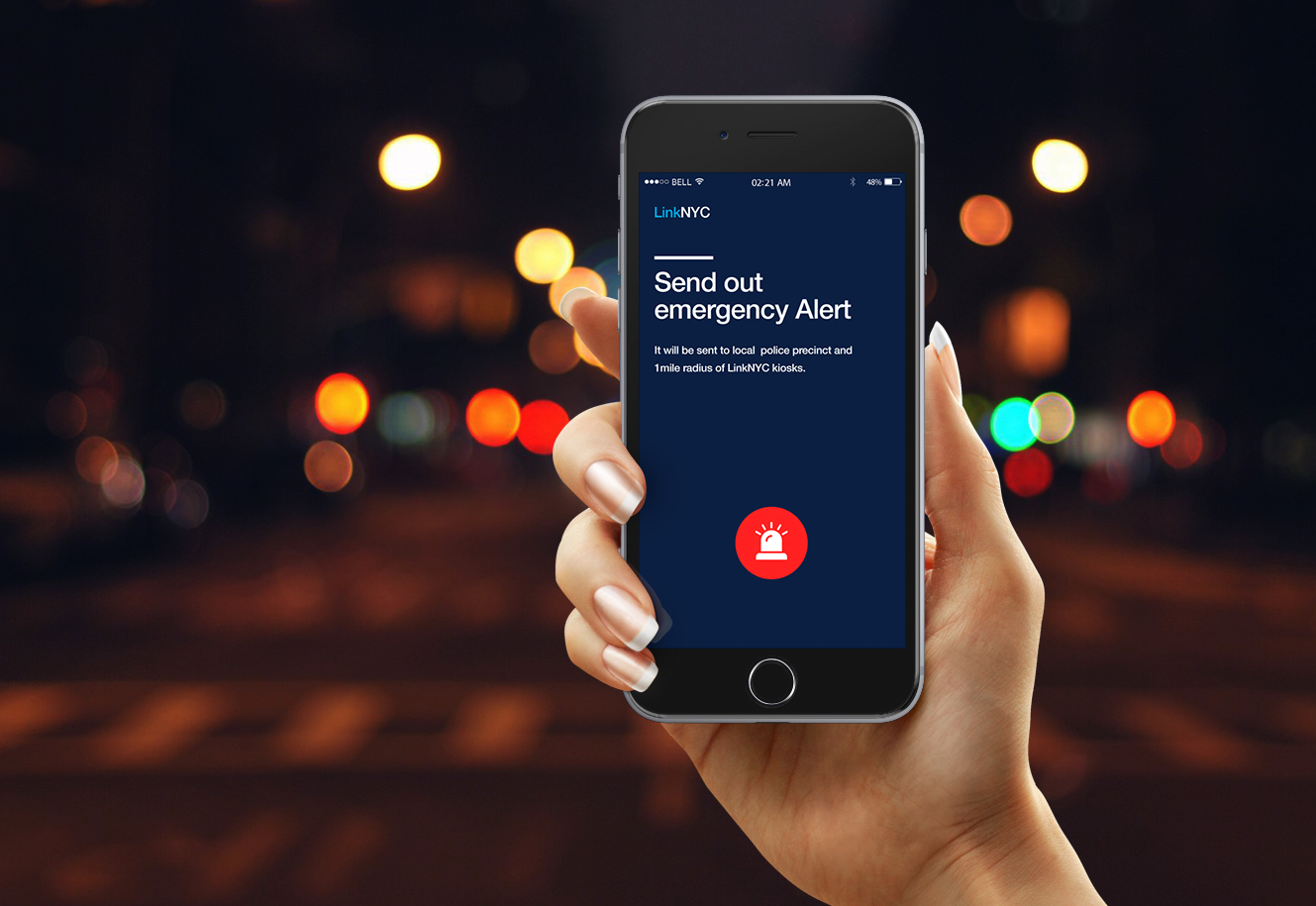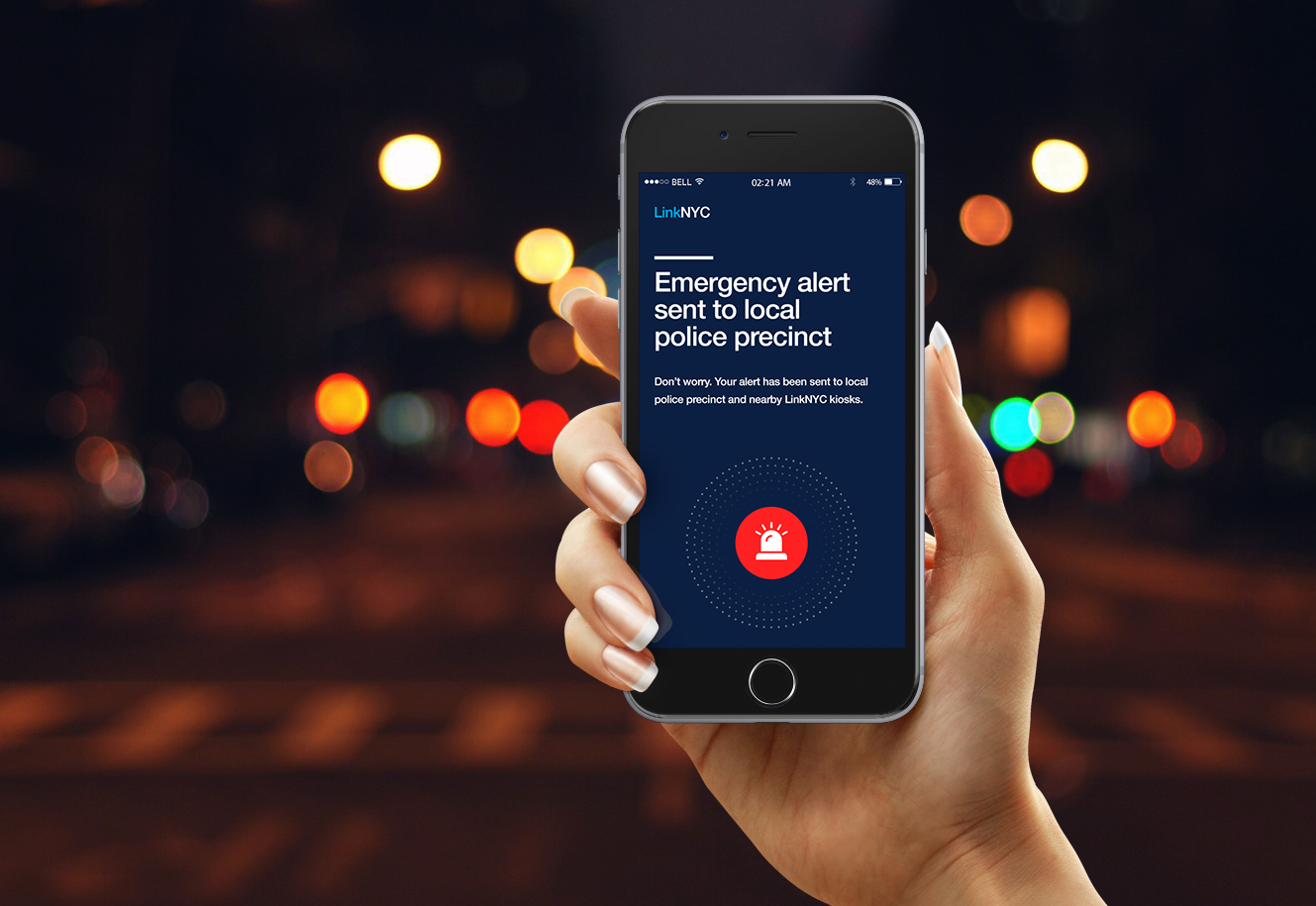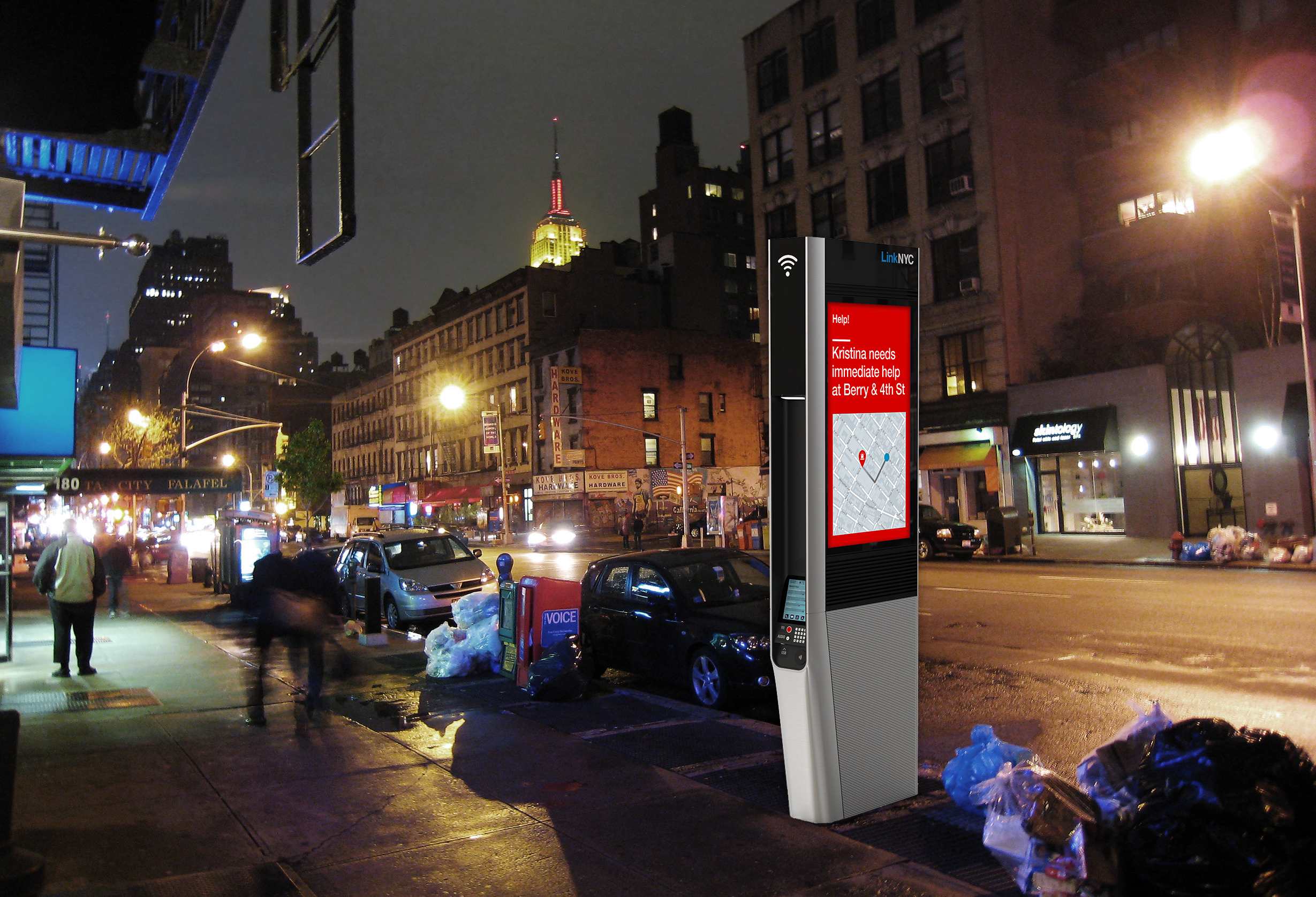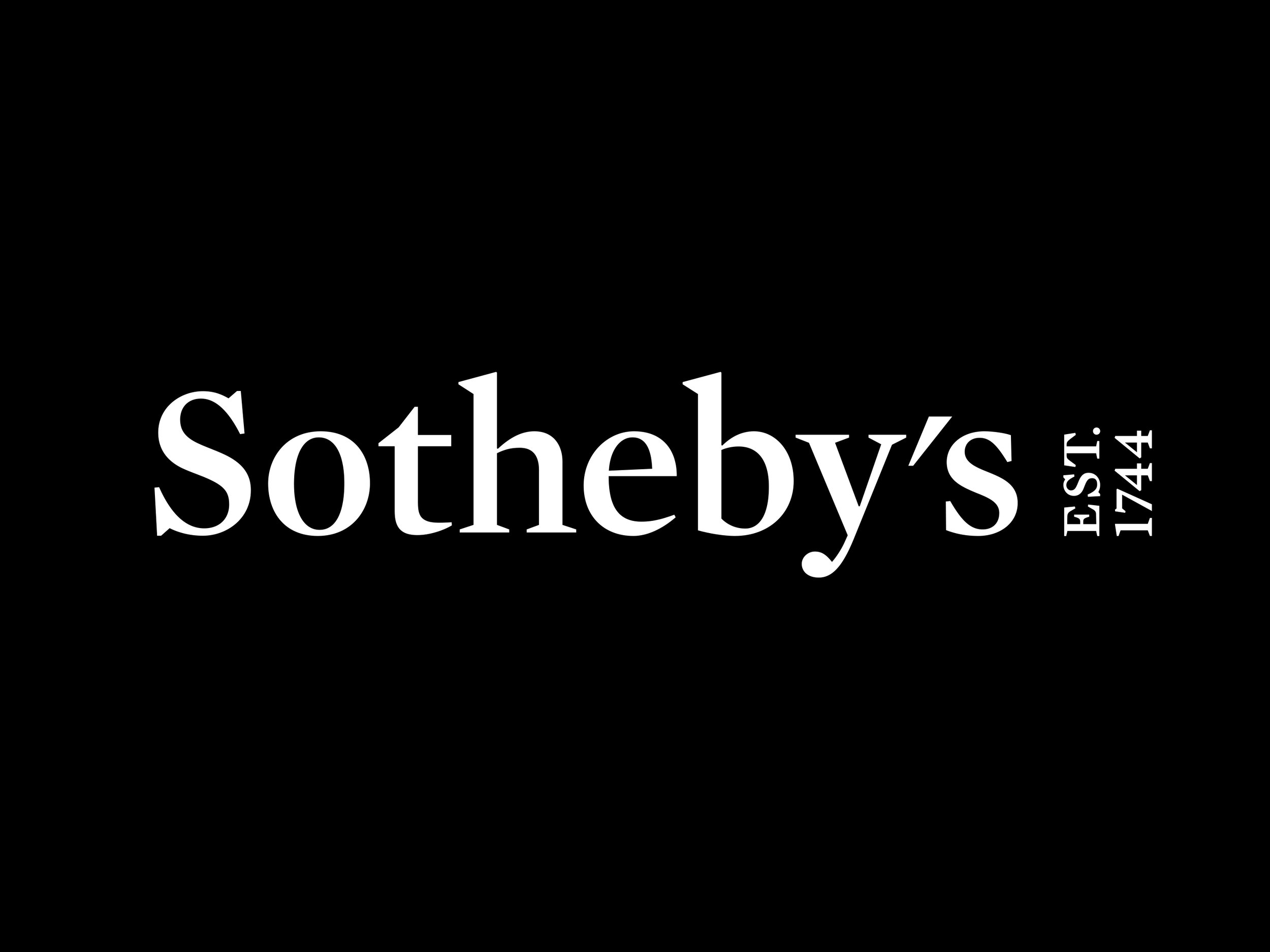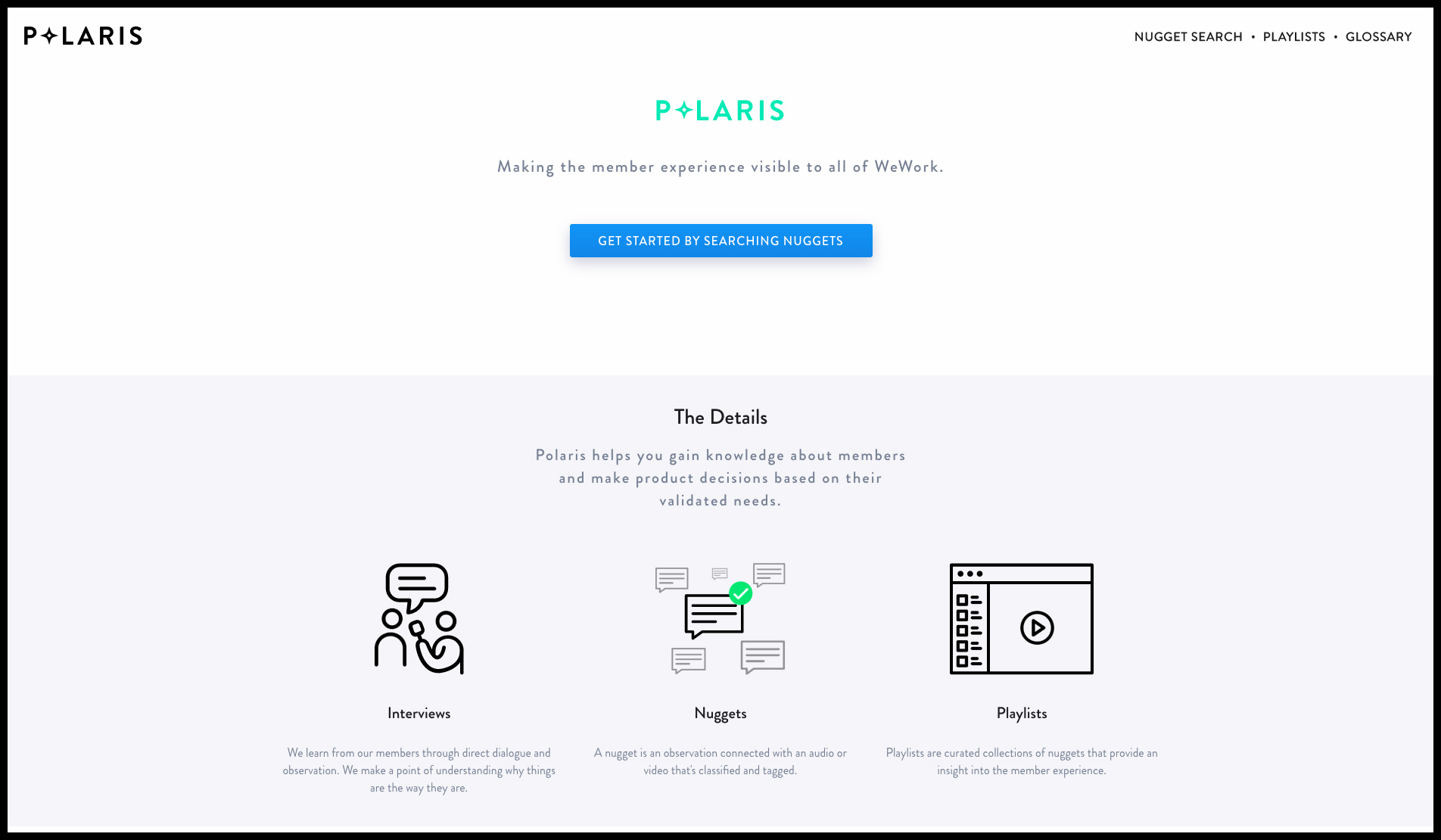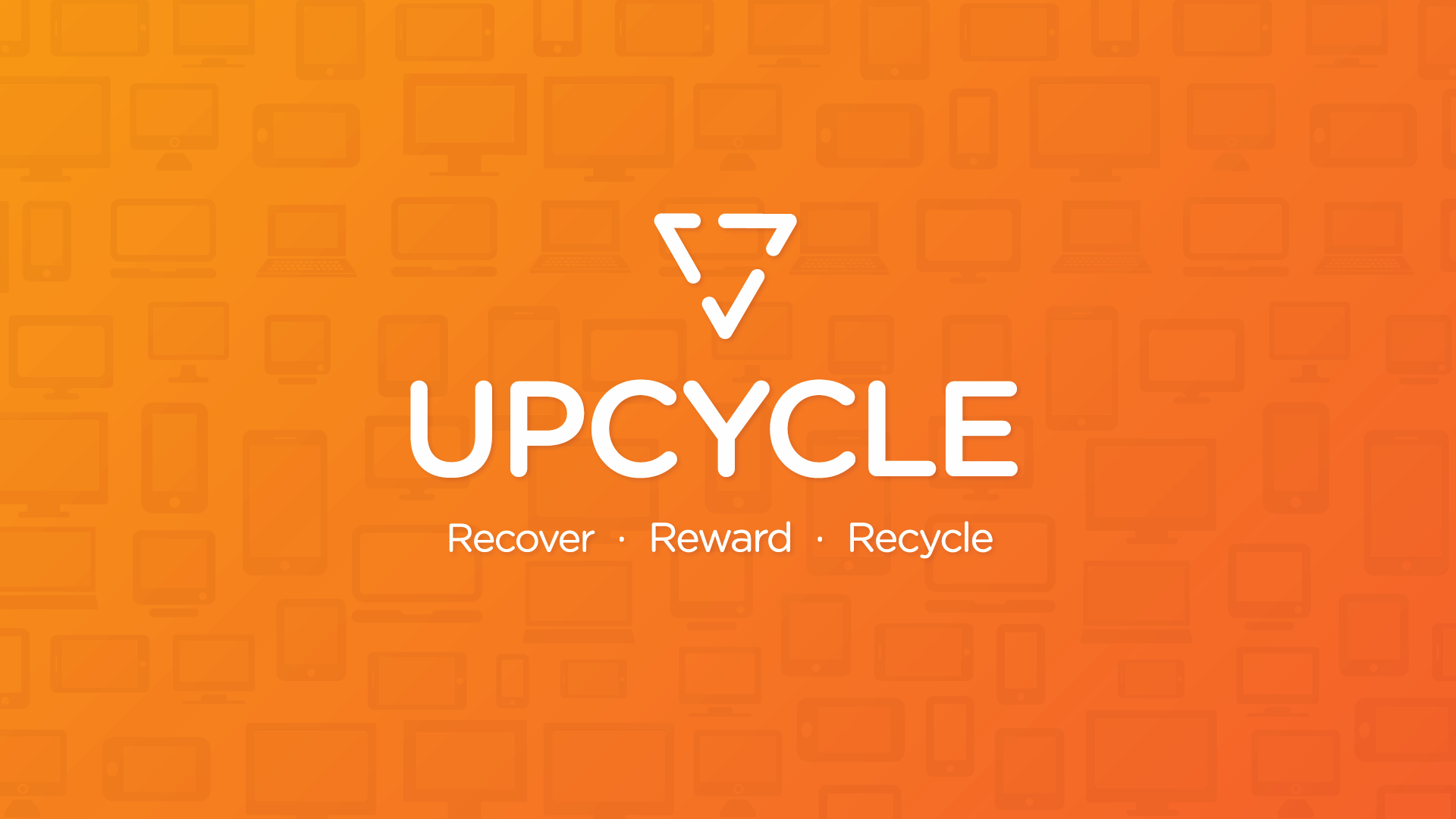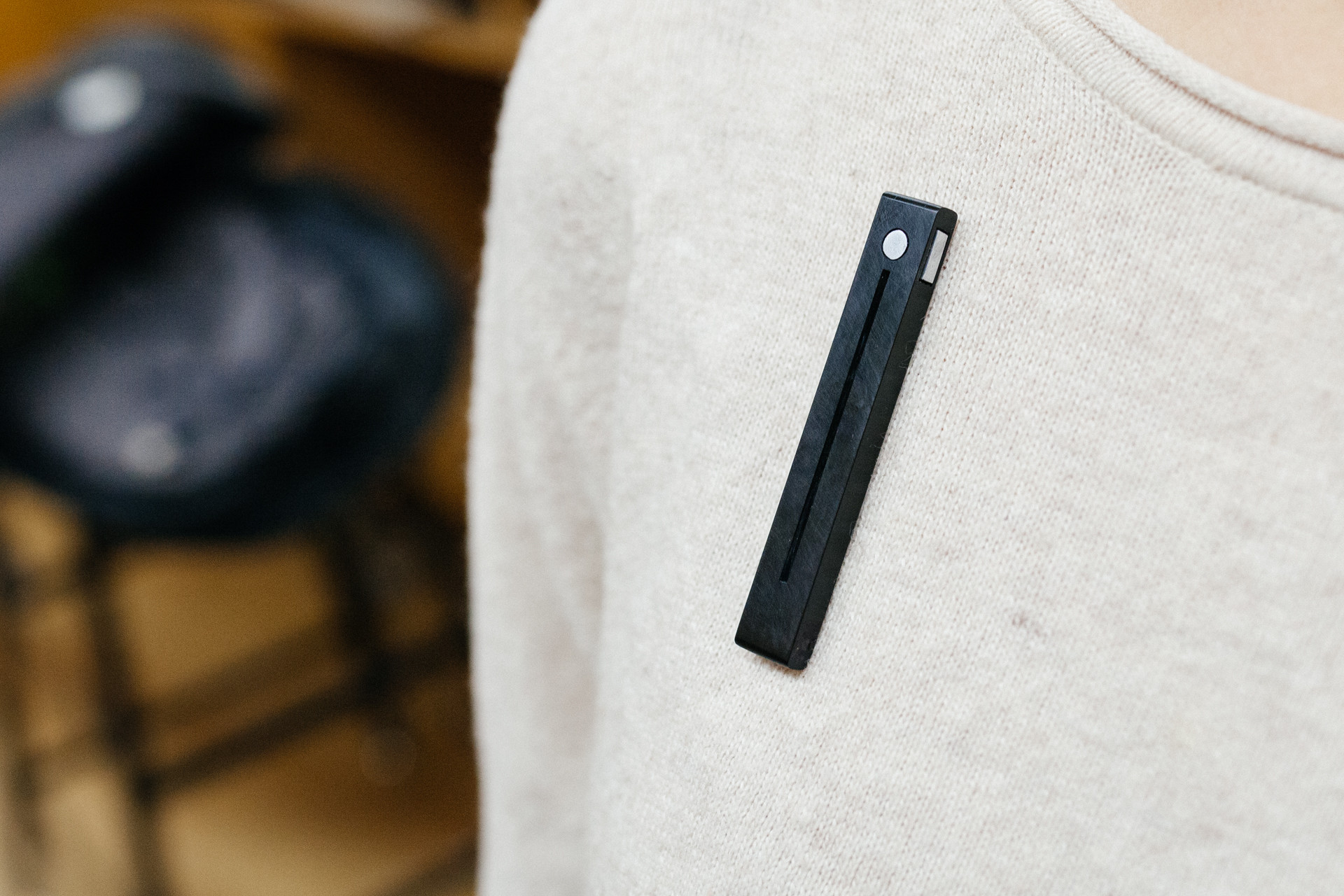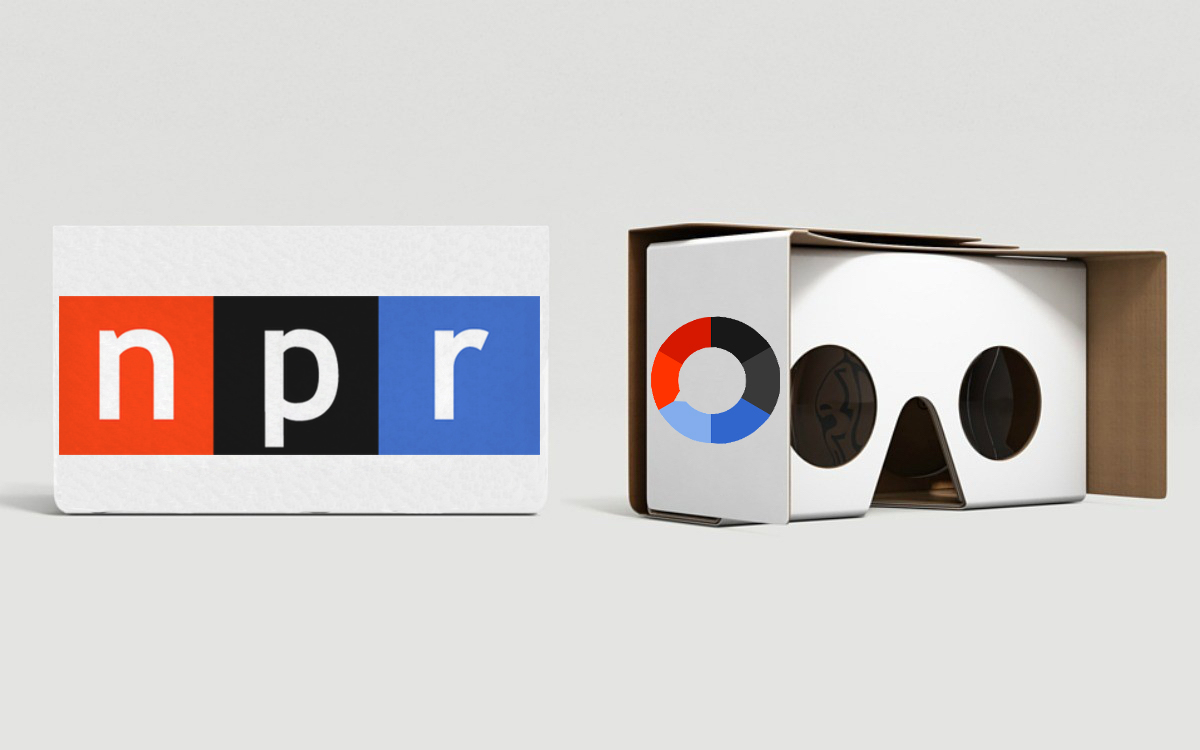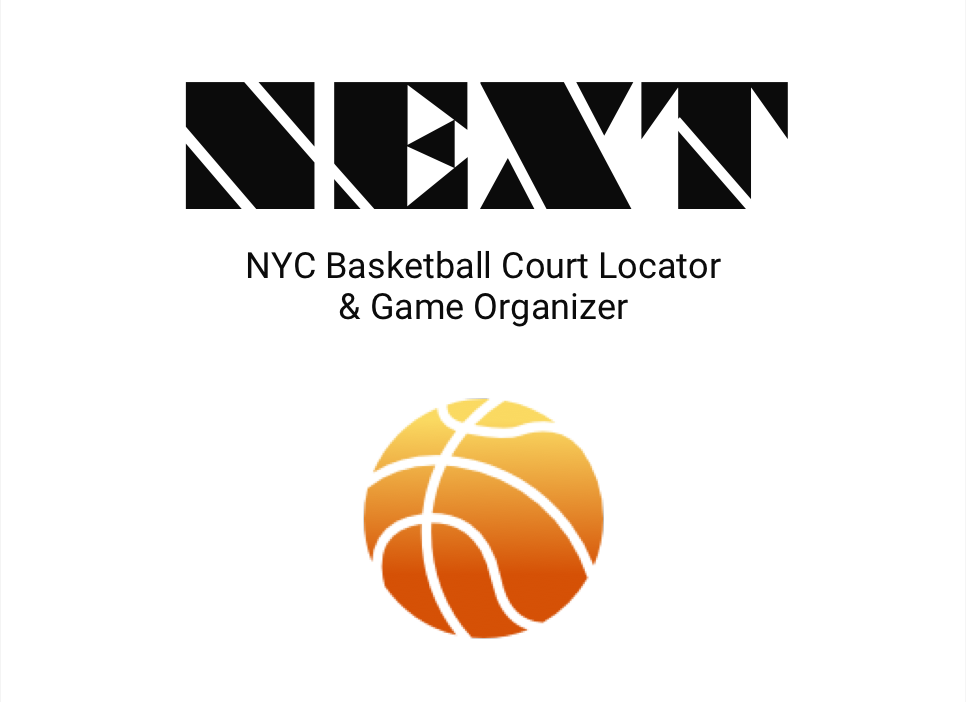How might we improve street safety with LinkNYC kiosks?
Design for public spaces: Find an innovative use for the free wi-fi kiosks replacing phonebooths
While partnering with LinkNYC for this project, we were asked to research and design an innovative solution for a neighborhood in NYC where LinkNYC kiosks would be replacing telephone booths. We chose Long Island City in Queens because of its unique position as a former manufacturing and industrial zone that has quickly become more residential over the last decade. Although its population has increased, there are still vast distances where you may not pass any other pedestrians, especially at night. We designed a solution that would allow people to use an app to connect to the closest LinkNYC kiosk to send out an alert over the large screens that they may be in danger and in need of assistance. Although this was designed with Long Island City in mind, it is very apparent that this could be utilized city wide to extend a lifeline to vulnerable pedestrians.
Scope: 7 weeks
Other team members: Song Lee, Andrew Hua
My role: Conducted qualitative interviews, academic research, wrote a design fiction, contributed to presentation decks. Produced and edited video.
The Problem:
Due to its rapid transformation from a former industrial zone to a residential area, Long Island City (LIC), has seen an influx of people move into the neighborhood over the last 10-15 years. Many of them are artists who work in converted warehouses as studio spaces. A majority of these artists are woman who sometimes work late into the night and leave alone to go back home. It can feel desolate, dark and when the above ground train rolls by––very loud. These factors can make it feel less safe because if they are in danger there is an increased chance that there won't be people nearby who can see or hear them.
The Process:
We started by conducting qualitative research in the neighborhood with local artists to learn about their journey to the neighborhood, what kinds of technology they use in and outside of their studios and the challenges they have faced over the years working in a formerly industrial area. We also walked and photographed the neighborhood to better understand the existing dynamics of traveling by foot and to note where LinkNYC kiosks would be located.
Walking around LIC
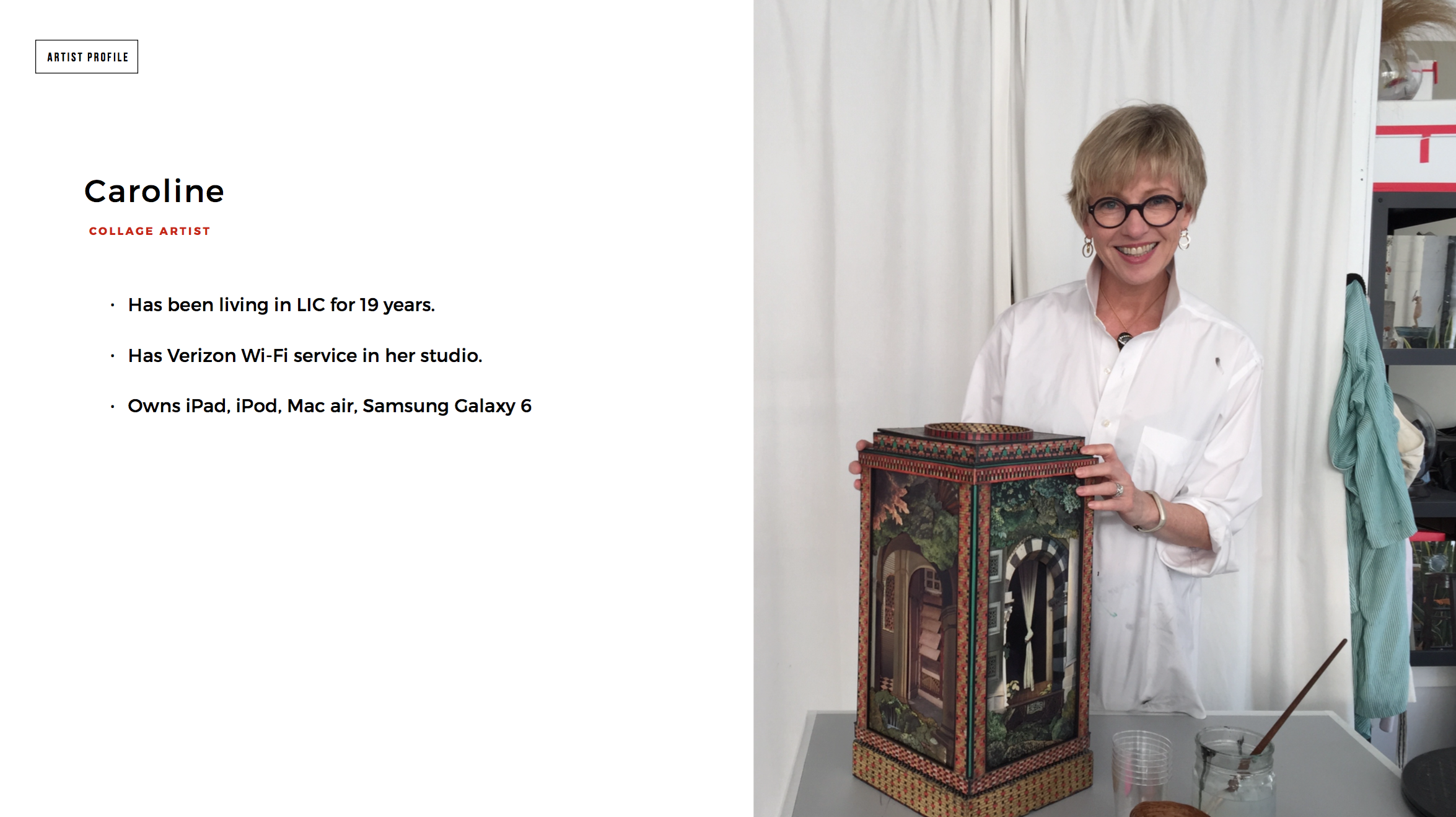
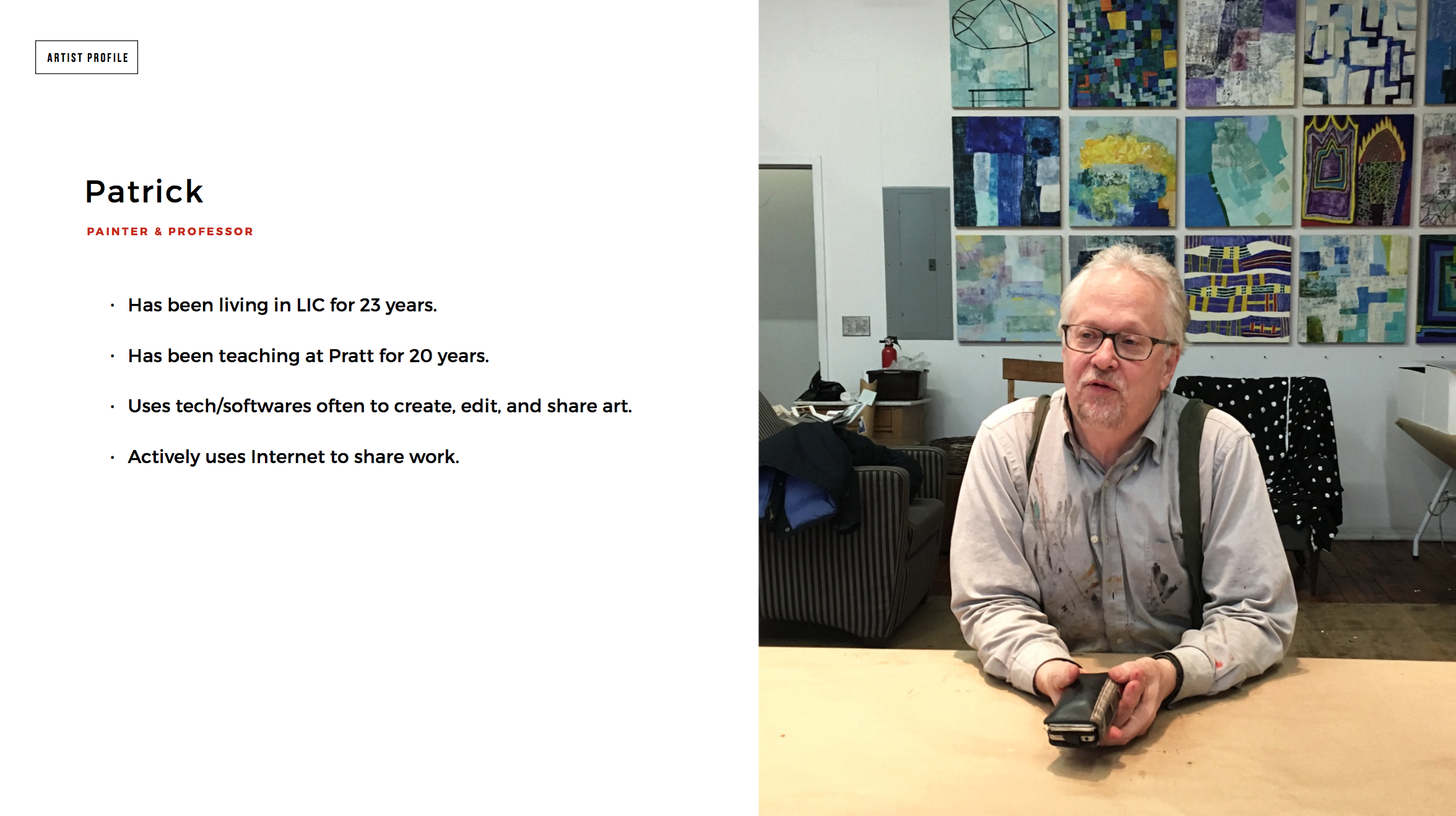

Based on these interviews we then created an affinity map of the themes that were brought up through the interview process.
Affinity Map
We chose to focus our design around street safety because of the personal stories that were shared with us, but also because we thought that this would allow us to find a design solution that could be applied city wide across LinkNYC's network of what will eventually be 3,500 kiosks.
Map of existing payphone locations and future LinkNYC kiosks
Design Fiction:
Using our imaginations to push the boundaries of potential limitations of the kiosks, I wrote a design fiction about how a young woman could use LinkNYC to survive a Zombie apocalypse. This allowed me to think about creative solutions that we may have otherwise never thought of if we just remained in reality. Andrew then sketched a comic of my story for an in-class presentation.
Although this was pure fiction and fun to create, it did bring to mind that people are harassed or threatened on the streets everyday. Although verbal harassment is most prevalent, physically aggressive forms of street harassment aren't always far behind.
Using elements from the design fiction, we started to design a comprehensive safety system that alerts the general public to a person's location and need for help due to a potentially dangerous situation. It would also alert local police to your presence bypassing the traditional and at many times slower reaction time of calling 911.
The Design:
Although there is a 911 emergency call button on LinkNYC kiosks, we felt that during times of harassment or worse, it is not always the best solution to become stationary when you need help. So we thought of ways to improve the safety qualities of the kiosks.
1. Place a floodlight on top of the kiosk that can be activated through the app when a person feels they are in danger and the lighting conditions are very poor.
2. Add an alarm that a person can sound to immediately call attention to their possibly dangerous situation and also may scare off perpetrators.
3. Add a 360º camera to record what is happening around the kiosk which could be used as evidence if a crime is committed nearby,
4. Allow a person to override the Ad videoboard to alert other pedestrians in a one mile radius of Link's that they may be in danger and in need of help before police arrive on scene.
5. Send an immediate alert to local police who can then track your location through the app and GPS on your phone in case you need to keep moving due to possible danger of remaining stationary.
6. Provide a map of the closest police precinct for a person to move towards during an emergency.
Below are mockups designed by Song of how we envisioned the ecosystem of an app that connects to LinkNYC to help people in times of danger:
